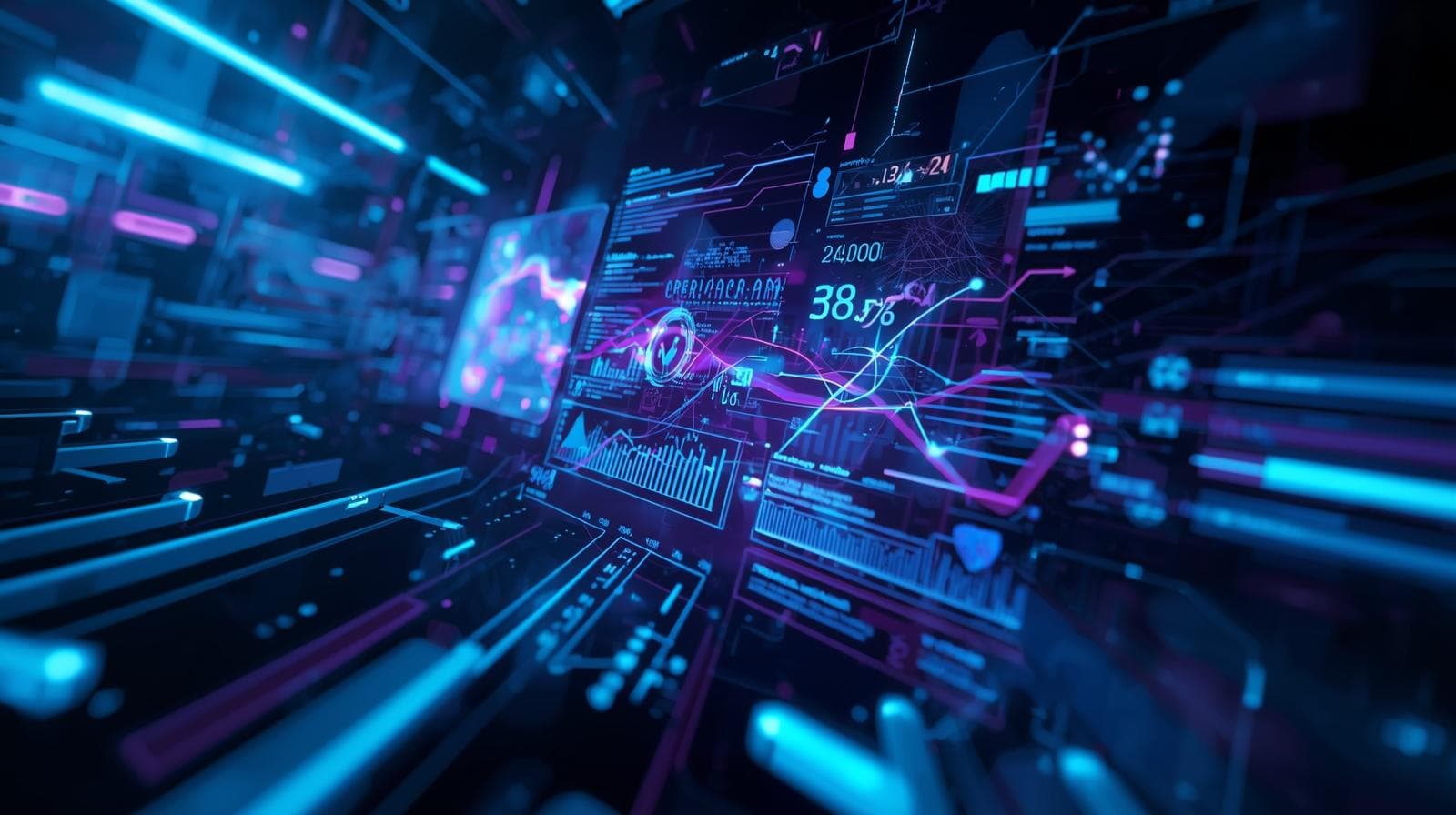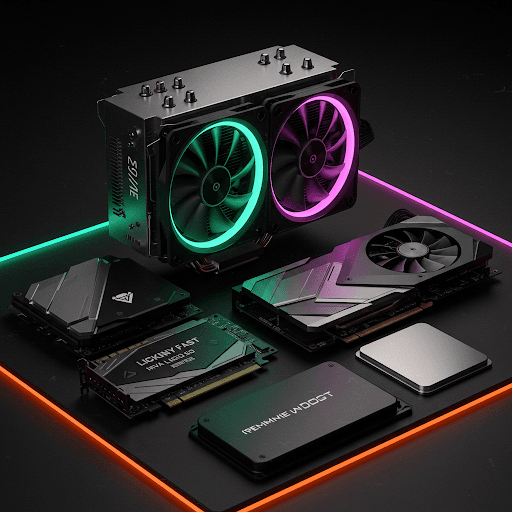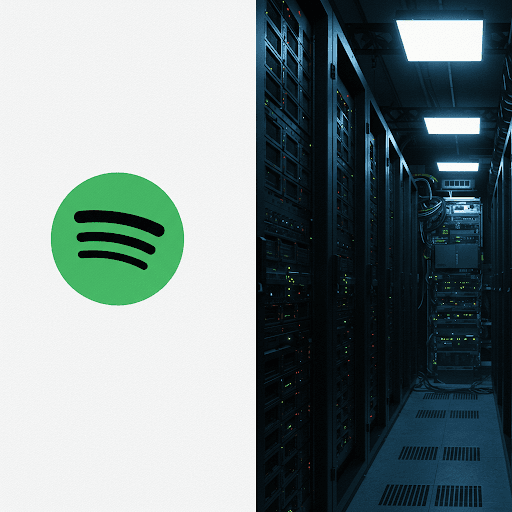Real-Time Data Processing: A Guide to Streaming Tech & Use Cases
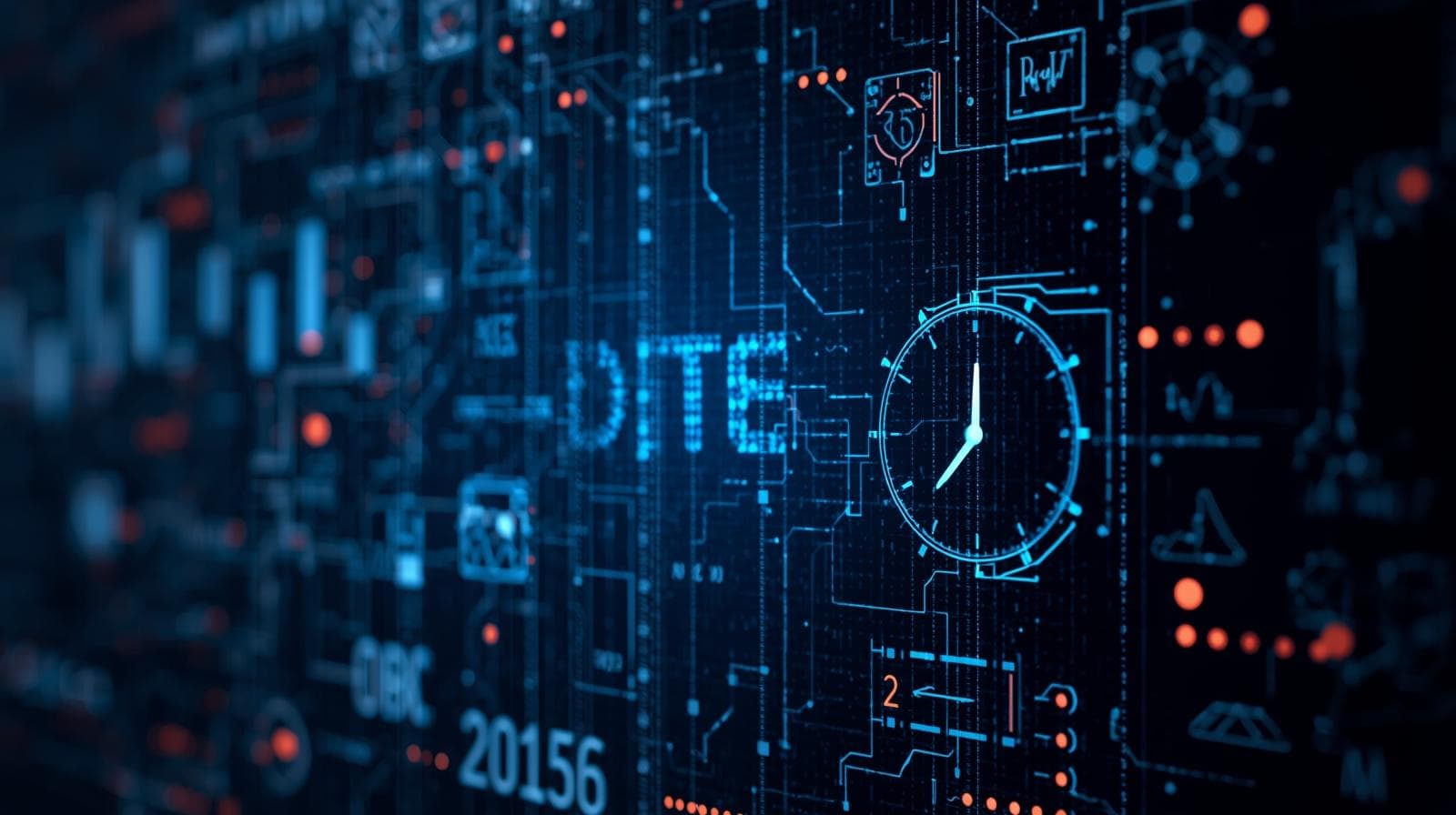
Demystify real-time data processing. Learn how it works, its architecture, real-world use cases, best practices, and the technologies that power instant insights. Master in-demand skills with Coder Crafter software development courses.
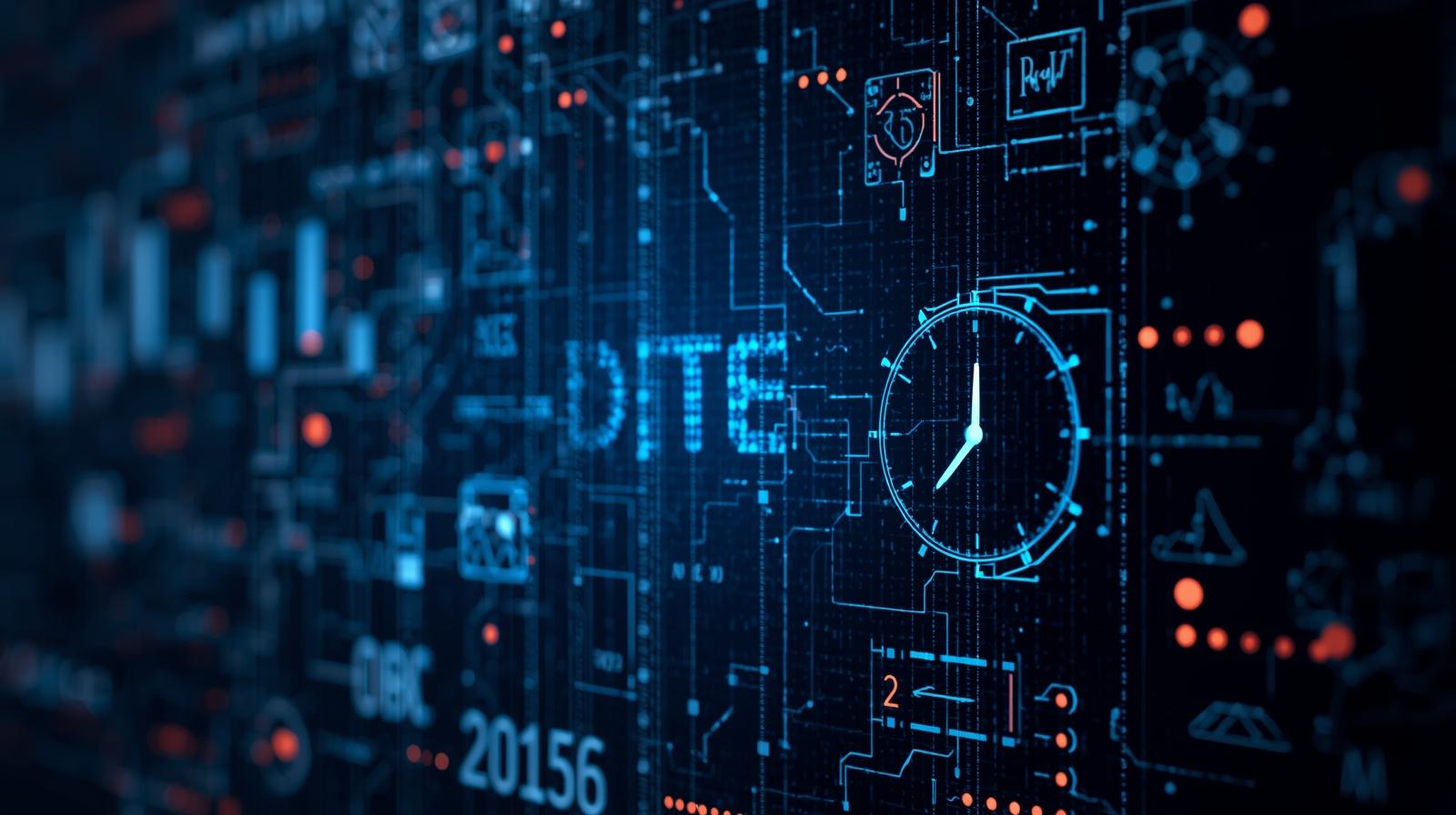
Real-Time Data Processing: A Guide to Streaming Tech & Use Cases
Beyond Batch: How Real-Time Data Processing is Reshaping Our Digital World
Think about the last time you hailed a ride with Uber. You saw cars moving on the map in real-time, the ETA updated dynamically, and the price was calculated instantly. Or consider the moment you received a fraud alert from your bank for a suspicious transaction you just made. These aren't moments of magic; they are the result of a sophisticated technological paradigm known as Real-Time Data Processing.
In a world that moves at the speed of a click, waiting hours or even days for data to be processed is no longer an option. Businesses and users demand instant insights, immediate actions, and live interactions. This is where real-time data processing comes in, and understanding it is crucial for any aspiring or current software professional.
What Exactly is Real-Time Data Processing?
In simple terms, real-time data processing is the method where data is ingested, processed, and made available for use almost immediately after it is created. There's no "waiting until midnight" for a batch job to run. The goal is near-zero latency, providing insights and triggering actions in a window of milliseconds to seconds.
Let's break down the key difference:
Batch Processing: This is the old-school way. Data is collected over a period (say, a day), stored in a file, and then processed all at once in a large "batch." Think of it like doing your laundry once a week. It's efficient for large volumes of historical data but useless for anything that needs immediate attention.
Real-Time Processing: This is a continuous, streaming approach. Data is processed as it arrives, piece by piece. Using our analogy, this is like washing a stain out of a shirt the moment it happens. It's all about immediacy.
The Engine Room: How Does Real-Time Processing Work?
The architecture for real-time processing is a fascinating and complex pipeline. While implementations vary, the core components often follow a pattern known as the Lambda Architecture or, more modernly, the Kappa Architecture.
Here’s a simplified look at the key stages:
Data Ingestion: The journey begins with data sources—website clicks, sensor readings, financial transactions, social media feeds. This firehose of data is captured by ingestion tools like Apache Kafka, Amazon Kinesis, or Google Pub/Sub. These tools act as a highly resilient and scalable "central nervous system," buffering the incoming streams and ensuring no data is lost.
Data Processing: This is the brain of the operation. The streaming data is consumed by processing engines that perform computations on the fly. This could be:
Filtering: Removing irrelevant data.
Aggregation: Counting events, calculating running averages (e.g., a 1-minute average temperature).
Enrichment: Combining the stream data with static data (e.g., adding customer details to a transaction).
Pattern Matching: Identifying specific sequences of events (e.g., detecting fraud).
Popular technologies here include Apache Flink, Apache Spark Streaming, and Apache Storm.
Data Storage & Serving: The results of the processing need to go somewhere for immediate use. This isn't your traditional database for long-term storage. Instead, we use low-latency databases like Apache Cassandra, Redis, or Druid. These are optimized for fast writes and quick queries, powering live dashboards and application features.
Action & Analytics: This is the final output—the value. The processed data fuels real-time applications:
Sending an instant push notification.
Updating a live dashboard for a logistics manager.
Triggering an alert in a security system.
Adjusting a bid in a programmatic ad auction.
Real-Time Processing in the Wild: Powerful Use Cases
This isn't just theoretical. Real-time processing is the invisible force behind many modern digital experiences.
Ride-Sharing & Food Delivery: As mentioned, platforms like Uber and DoorDash use it to track driver/dasher locations, match them with riders/orders, calculate dynamic pricing based on demand and supply, and provide accurate, live ETAs.
Financial Fraud Detection: When you swipe your card, the transaction details are streamed to a processing engine that compares it against your typical spending patterns and known fraud signatures in milliseconds. If something looks fishy, it can decline the transaction and alert you before you even leave the checkout counter.
IoT and Smart Devices: Your smart home thermostat processes real-time temperature data to optimize heating and cooling. In manufacturing, sensors on an assembly line can detect a potential fault and trigger a maintenance alert before a breakdown occurs, saving millions.
Live Sports & Media Analytics: Streaming platforms like Netflix track what you watch, when you pause, and what you skip to recommend your next show instantly. Sports websites provide live win probability metrics and player stats that update with every play.
E-commerce Personalization: As you browse a product on Amazon, the "customers who bought this also bought..." section updates in real-time based on the behavior of other users, creating a dynamic and personalized shopping experience.
Best Practices for Building Robust Real-Time Systems
Building these systems is challenging. Here are some key principles to follow:
Design for Failure: Assume things will break. Build systems that are fault-tolerant. Use tools like Kafka that replicate data across multiple nodes to prevent data loss.
Ensure Scalability: Your data volume will grow. Design your pipeline to scale horizontally, meaning you can add more machines to handle the load seamlessly.
Monitor Everything: You can't manage what you can't measure. Implement comprehensive monitoring for latency, throughput, error rates, and system health. Tools like Prometheus and Grafana are industry standards.
Start Simple: Don't try to build a perfect, complex system on day one. Start with a simple stream, process it, and deliver value. Iterate and evolve from there.
Think About State: Some calculations (like running totals) require remembering previous data ("state"). Choosing a processing framework that handles state reliably (like Apache Flink) is critical for accurate results.
Frequently Asked Questions (FAQs)
Q: Is "real-time" actually instantaneous?
A: No. In engineering, "real-time" means within a defined and acceptable latency threshold. For a fraud detection system, this might be 100 milliseconds. For a live dashboard, it might be 2 seconds. The goal is "as fast as needed for the use case."
Q: What's the difference between Kafka and Flink?
A: This is a common point of confusion. Apache Kafka is primarily a distributed event streaming platform—a super-robust message bus for ingesting and storing streams. Apache Flink is a stream processing framework—it's the compute engine that does the actual analysis and computation on the data coming from Kafka. They are often used together.
Q: Can real-time processing replace data warehouses?
A: Not usually. They serve different purposes. Real-time systems handle the "now" – immediate actions and fresh insights. Data warehouses (like BigQuery, Snowflake) are for deep, historical analysis over vast datasets. This modern setup is called the Reverse ETL pattern, where insights from the warehouse can even be fed back into real-time systems.
Q: What skills are needed to work in this field?
A: It's a multidisciplinary domain. You'll need:
Strong programming skills (Java, Scala, Python are common).
Understanding of distributed systems.
Knowledge of streaming platforms (Kafka, Kinesis).
Expertise in stream processing frameworks (Flink, Spark Streaming).
Familiarity with low-latency databases (Redis, Cassandra).
This is exactly the kind of cutting-edge software engineering we specialize in. To learn professional software development courses such as Python Programming, Full Stack Development, and MERN Stack, visit and enroll today at codercrafter.in. Our curriculum is designed to take you from fundamentals to advanced concepts, including building scalable, real-time systems that power the modern web.
Conclusion: The Future is Streaming
Real-time data processing has evolved from a niche advantage to a core competency for any data-driven organization. It powers the instant, intelligent, and interactive experiences that users have come to expect. From preventing fraud to personalizing our digital lives, the ability to act on data the moment it's born is fundamentally changing the landscape of technology.
The journey from batch to real-time is not just a technical shift; it's a cultural one. It demands a new way of thinking about data, architecture, and the very definition of "insight." For developers and engineers, mastering these concepts is no longer optional—it's essential for building the future.




